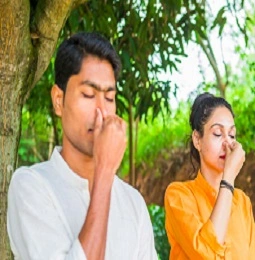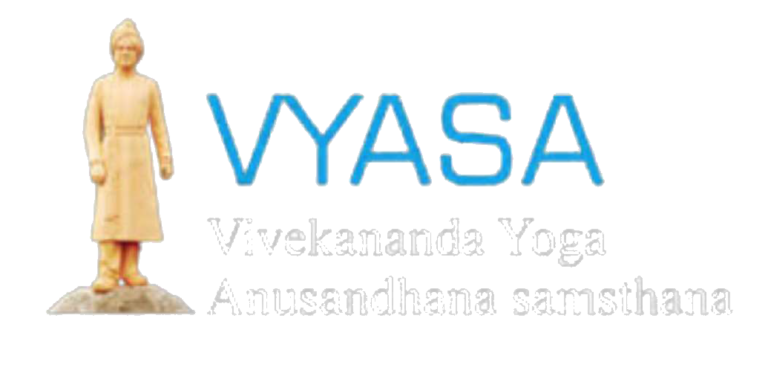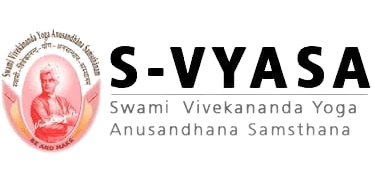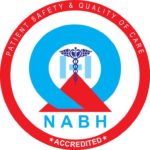Autoimmune Arthritis
Autoimmune Arthritis By Dr.Vasudha Sharma | Jun 04, 2022 Autoimmune arthritis is the name given to a group of arthritis types where a person’s immune system attacks itself. The most common example is Rheumatoid arthritis. World Autoimmune Arthritis Day was established in 2012 by the International Autoimmune Arthritis Movement (IAAM) and is celebrated each year on 20 May. Lack of awareness leads to delayed diagnosis, compromised quality of life, and elevated healthcare costs. Educating about these diseases, including the fact they can affect many parts of the body (joints, tissues, organs) is necessary to improve the lives of the 450 million worldwide affected. According to international foundation of Auto immune and Anti-inflammatory Arthritis the main goal is to: Educate the public and medical community about key disease features that can lead to early detection, referrals, and diagnosis. Address misunderstandings associated with these diseases. Let’s understand more about arthritis and management using Ayurveda, Naturopathy and Yoga therapy. Types of Autoimmune arthritis Rheumatoid arthritis: It is one of the commonest autoimmune condition which can affect other parts apart from joints. Immune system attacks its own body tissues. The immune cells are found in the lining of the joint and these cells attract other immune cells and together lead to thickening of the joint lining, new blood vessel formation and damage to joints. This is termed inflammation. This makes your joint swell as fluid builds up inside it. Your joints become painful, swollen, and warm to the touch. Which usually causes swelling and pain in the hands, feet, and wrists. Psoriatic arthritis: Psoriatic arthritis is a form of inflammatory arthritis. Psoriatic arthritis can occur in people with a skin condition called psoriasis. Psoriasis causes scaly, patchy areas to build up on the skin. The affected joint areas due to psoriasis can be almost anywhere on the body, including the spine, knees, fingers, toes, or more. Reactive arthritis: It is inflammatory arthritis that manifests after several days to weeks after a gastrointestinal or genitourinary infection. Reactive arthritis occurs in people who have a history of certain bacterial infections, such as Chlamydia, Salmonella, Shigella, or Campylobacter. The disease is recognized by various symptoms in different organs of the body that may or may not appear at the same time. It may come on quickly and severely or more slowly, with sudden remissions or recurrences. Along with pain in the joint and inflammation, mouth ulcer and eye infection, burning micturition is common. Juvenile arthritis: is the most common type of arthritis in children under the age of 16. Some types of juvenile idiopathic arthritis can cause serious complications, such as growth problems, joint damage and eye inflammation. Management through Ayurveda Ayurveda, the ancient traditional system of medicine treats Autoimmune Arthritis with following principles Balancing the Doshas Increasing the digestive and metabolic fire or Agni. Stopping the formation of Aama (metabolic waste) at different levels. Increasing digestion and excretion of Aama. Restoring the damaged intestinal mucosa and absorption. The above can be achieved with the help of medicine, some external treatment and management of lifestyle especially diet. Yoga: Yoga apart from reducing stress, can help in many other ways, especially in reducing pain from inflammation. Research proves its effectiveness in dealing with autoimmune disorder. Yoga can significantly reduce psycho-somatic symptoms of the disease, including pain perception, joint flexibility and disability quotient, thereby improving range of motion, posture, coordination, and muscle strength. Yogic exercises help in regaining strength, correcting deformities and improving posture. Pranayama, breathing exercise meditation helps in managing stress. Naturopathy: Accumulation of morbid matters in the body is the cause of disease according to naturopathy. Removing disease causing free radicals is management for autoimmune disorder. Lifestyle choices that we make in terms of food causes accumulation of toxins. Simple detox based on the principles of fasting is helpful in management. Acupuncture is another effective way to manage pain and inflammation in joint pains. Acute phases of pain can also be managed with Acupuncture. The awareness on autoimmune arthritis can help prevent and manage the condition effectively. Article By : Dr.Vasudha Sharma






